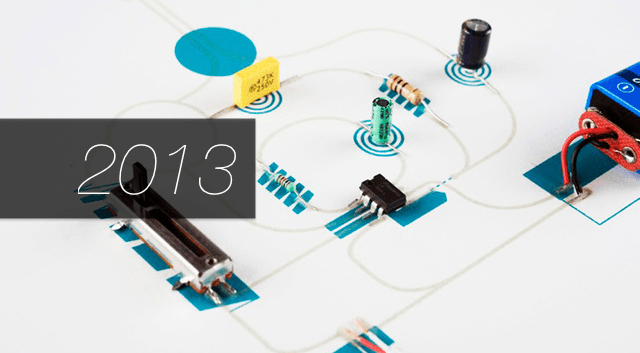Much has changed in our world in the past decade. Remember 2003? 50 Cent was still on top, as was Dubya, and you were hot shit if your mobile phone had a colour screen. Imagine knowing that in 10 years, we’d interact with tech using our voices, our gestures, and even our brainwaves. 2013, in particular, has been a year of change.
2013 saw a decrease in the all-encompassing importance of the smartphone, and the rise of devices that don’t even necessarily depend on a screen: From the advent of truly useful voice-controlled technology to devices that we control with the flick of a wrist. This year, devices broke free of the palm-held model, coming in all shapes and sizes: From city-scale systems, to wearable tech, to networks that are all but invisible. And most importantly, we’ve seen more and more average, untrained enthusiasts experimenting with building their own software and devices — a trend that bodes well for 2014.
The highlights follow — and be sure to ruminate with us on what the next decade will bring in the comments.
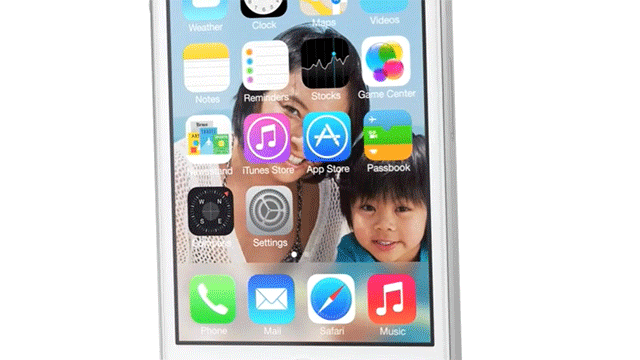
Down With Hardware
If there was one overriding trend for mobile devices this year, it was probably the decreasing importance of the device itself — and the rise of software in its place. From the hubbub surrounding flat design within the ranks of Google and Apple, to the introduction of the first iOS overhaul in nearly a decade, software became the most important vessel for the consumer experiences this year — overshadowing even the unveiling of new phones. As Brian Barrett suggested, “Consumer technology has reached a point where hardware comes last in the decision tree.”
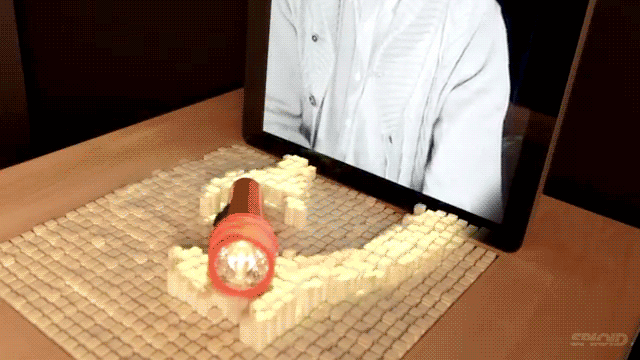

Hiroshi Ishii’s Magical, Tangible Interfaces
Ishii, the director of MIT’s Tangible Media Group, is riding the crest of a new wave of experimental interfaces that bridge the gap between the screen and the physical world. These are interfaces that are truly tactile and tangible — they rely on our sense of touch rather than sight or sound. The prototype above, by student Keiichi Matsuda, hit the web just a few weeks ago. As Luke Hopewell wrote, “it’s designed to render 3D content without the user actually being there. It helps others interact with digital information in a physical way.”
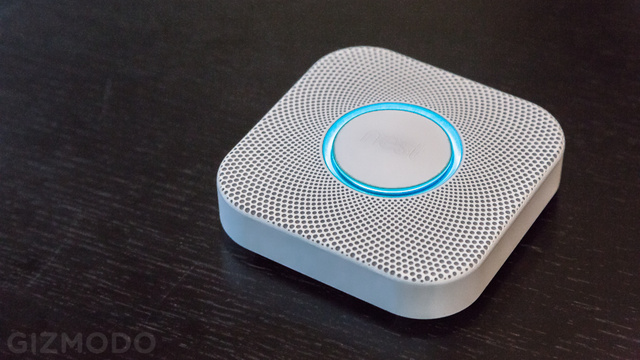
The Heads-Up Home
2013 saw the HUD, or heads-up display, winding its way into the mainstream of consumer electronics. One big entree was Nest’s second product, the roads, the slopes, and, yes, fine, more of our faces, too.
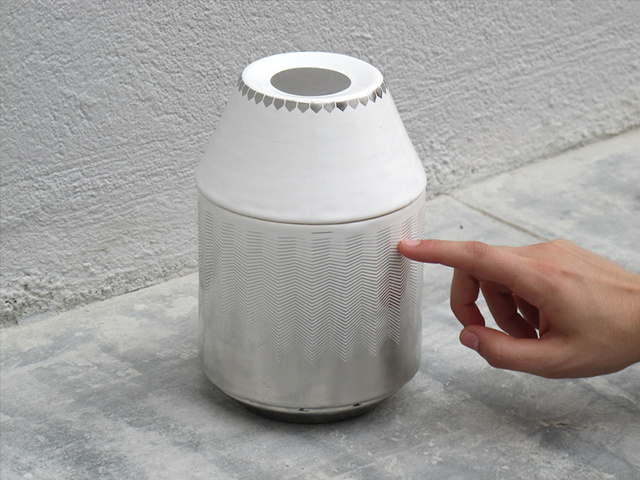
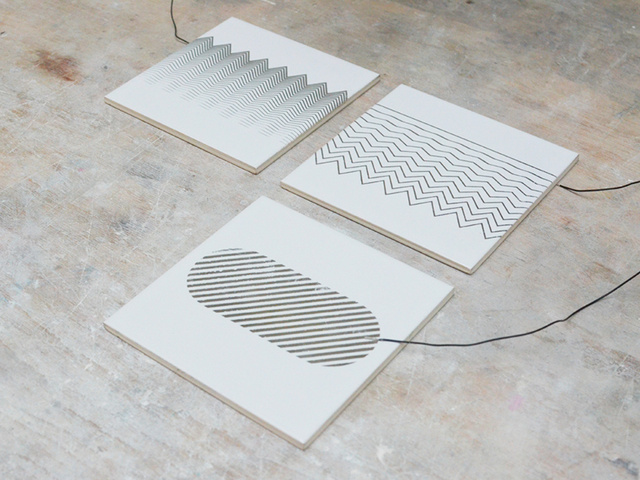
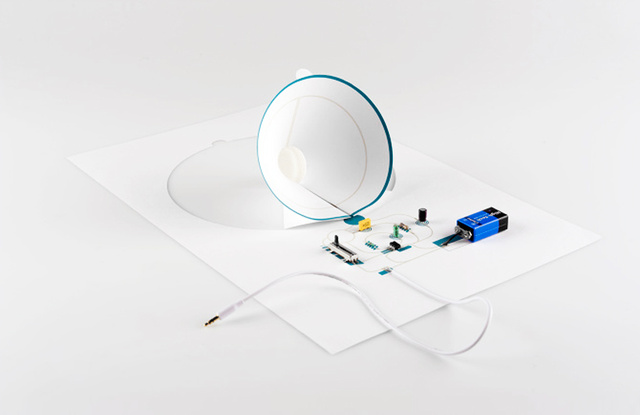
Put a Circuit On It
Some of the most exciting projects of the year were also the simplest — starting with the use of conductive ink and paint. Take, for example, a vase whose geometric patterns are actually a set of tactile controls, above. Or a speaker simple enough to be mounted on a piece of paper, with the circuitry actually silk-screened on using conductive ink.
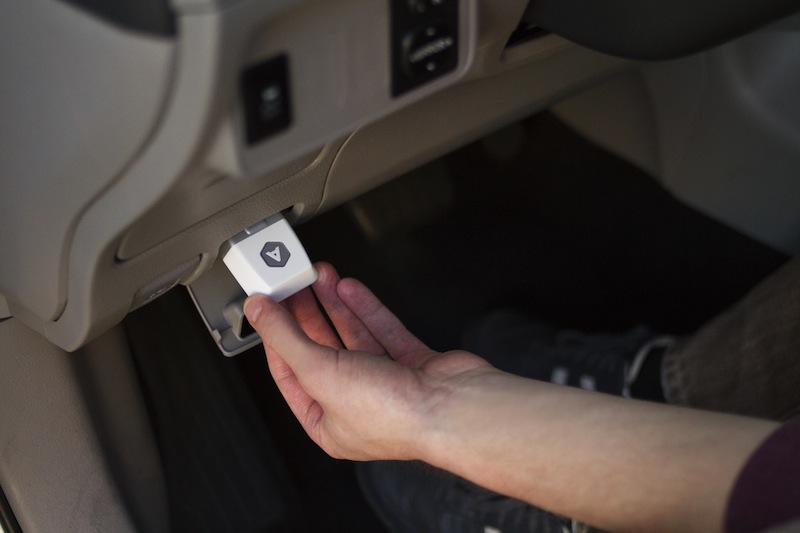

The Car Smartens Up (Finally)
The auto industry has been slow to come around to the idea of connected cars — despite the fact that GPS and texting are now indispensable to many drivers (for better or worse). This year, we saw that begin to change: From the implementation of a federal study on connected vehicles that kicked off in January, to the introduction of the first “smart” highway in the UK, to consumer products like Automatic, a hardware app that improves the driving experience. Designers are even mulling how to stop people from texting while in the driver’s seat — see, for example, this proposal for a “car mode” similar to the “plane mode” in iOS.

Old Media Iterates
This year we saw print publishing trying out new ideas in rounds of iteration. The most notable, The New York Times, tinkered significantly with its layout while introducing a clean new web app, Today’s Paper, just this month. The New Yorker also introduced its first design changes in 13 years, redrawing its typeface and making layout changes that improve how it treats photography and art. In the past, major changes like these have been fewer and further in between — so it’s nice to see traditional publications adopting ideas from the new media world.
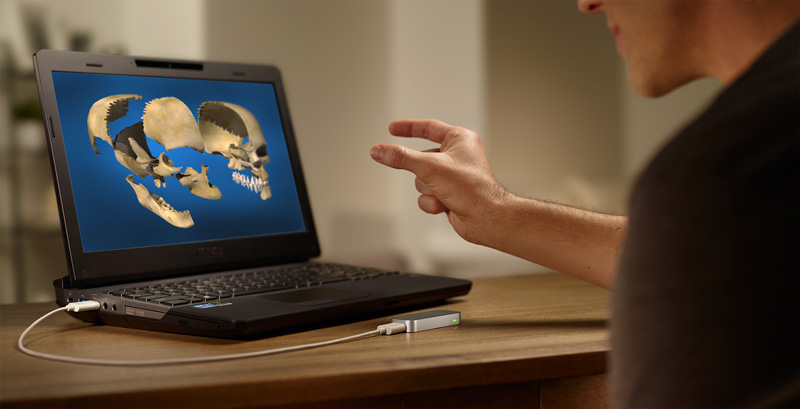
Gesture Control For Doctors
Sure, Elon Musk and Tony Stark might make gesture-based interfaces look cool, but systems like Leap Motion also show promise in other, more unexpected fields — including medicine. From using it to access information during a complex surgery to modelling molecular structures, it’s an interesting outgrowth of a technology originally intended for gamers, not doctors.

The End of Thumbs Up
As Facebook has expanded into new cultures and demographics, the UI that made it famous has often seemed archaic compared to the emerging use cases for its user base. There was probably no bigger indication of that than the company’s decision to quietly phase out the “thumbs up” button this year — after all, thumbs up definitely doesn’t mean the same thing in every country.
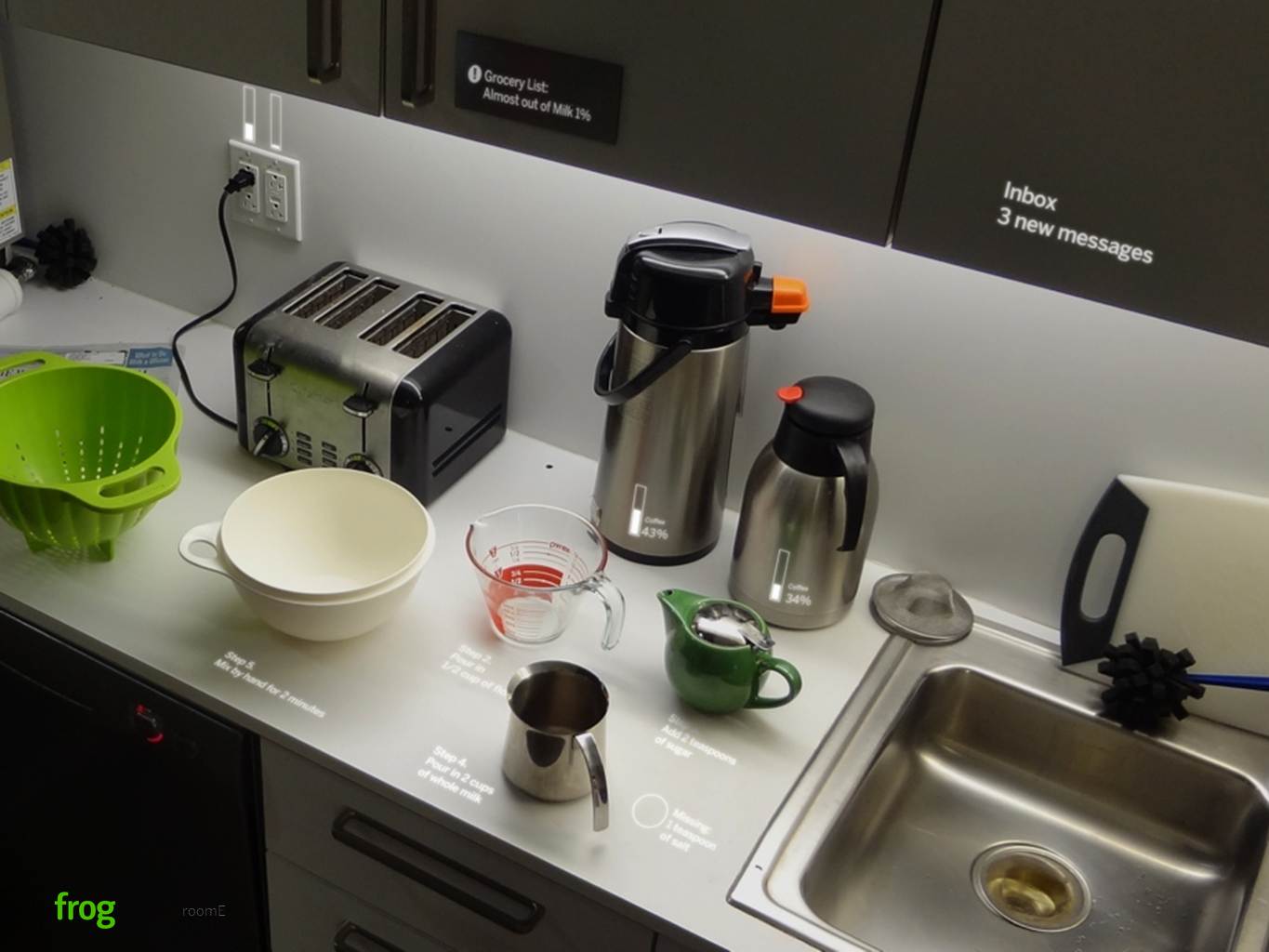
Kitchen-Sized Computers
Computers started off as room-sized, and now they’re room-sized again — but for an entirely different reason. Frog’s Jared Ficklin introduced the remarkable RoomE prototype earlier this year: The voice- and gesture-controlled system connects a home’s lights, computers, and physical objects, creating a more ambient and responsive home computing system. “It has the potential to be more heads-up, allowing users to be present in their environment,” Ficklin says. “Eventually, room-size computing will touch everything.”
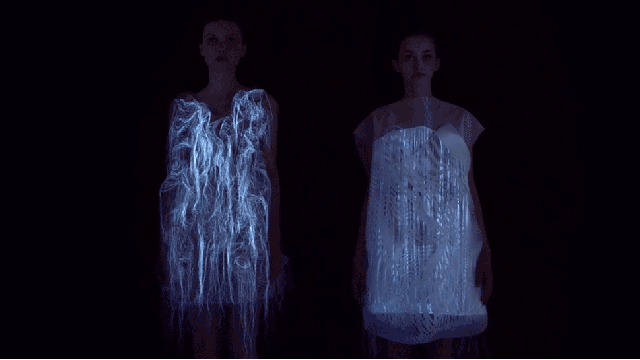
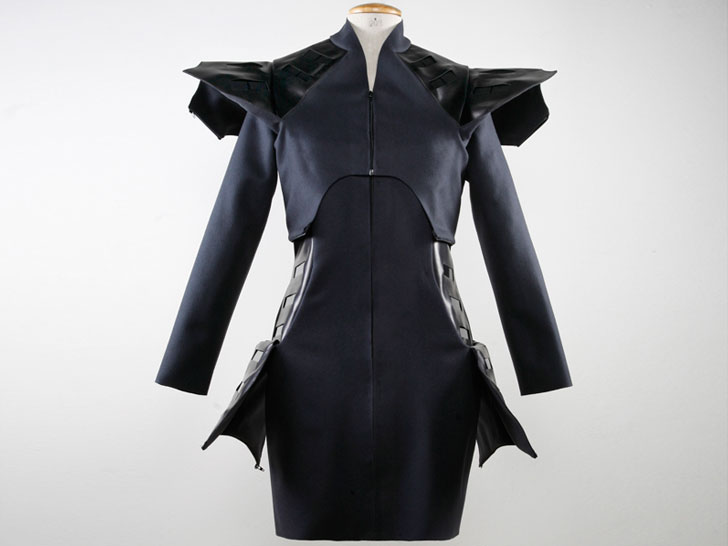
Responsive Garments
From dresses that respond to direct eye contact to jackets embedded with photovoltaics that can charge electronic devices, 2013 was a year of smart clothing. These projects — while mostly speculative — give us a glimpse at the future of wearable tech that goes beyond watches and wristbands.
Xbox One’s Voice Control
A major point of contention in this year’s big Xbox One release was the “always on” listening feature, which hit the market during a time when privacy concerns were tantamount to many users. Despite those fears, the One’s voice recognition system is a huge step forward for the genre, and hints at how ubiquitous voice control could eventually become. “Kinect voice recognition is freaking fantastic. Like, sit-in-stunned-amazement-barking-commands-and-pausing-to-squeal-with-glee fantastic,” said Eric Limer in his review. Mark Serrels from Kotaku Australia has had a different experience: I don’t know how plainly I can put this: Kinect only does what it’s told about 60-70% of the time. During voice control, with my accent, that percentage drops to about 50%. In demos, with a well-rehearsed Microsoft rep barking the instructions in a clear practiced voice, sure, Kinect works well. In real life situations, even when you do know what you’re supposed to be saying, it’s not even close to being reliable enough.
Own an Xbox One? What’s been your experience?
What shifts in user experience and interface are you most looking forward to in 2014?
Lead image: Coralie Gourguechon.
